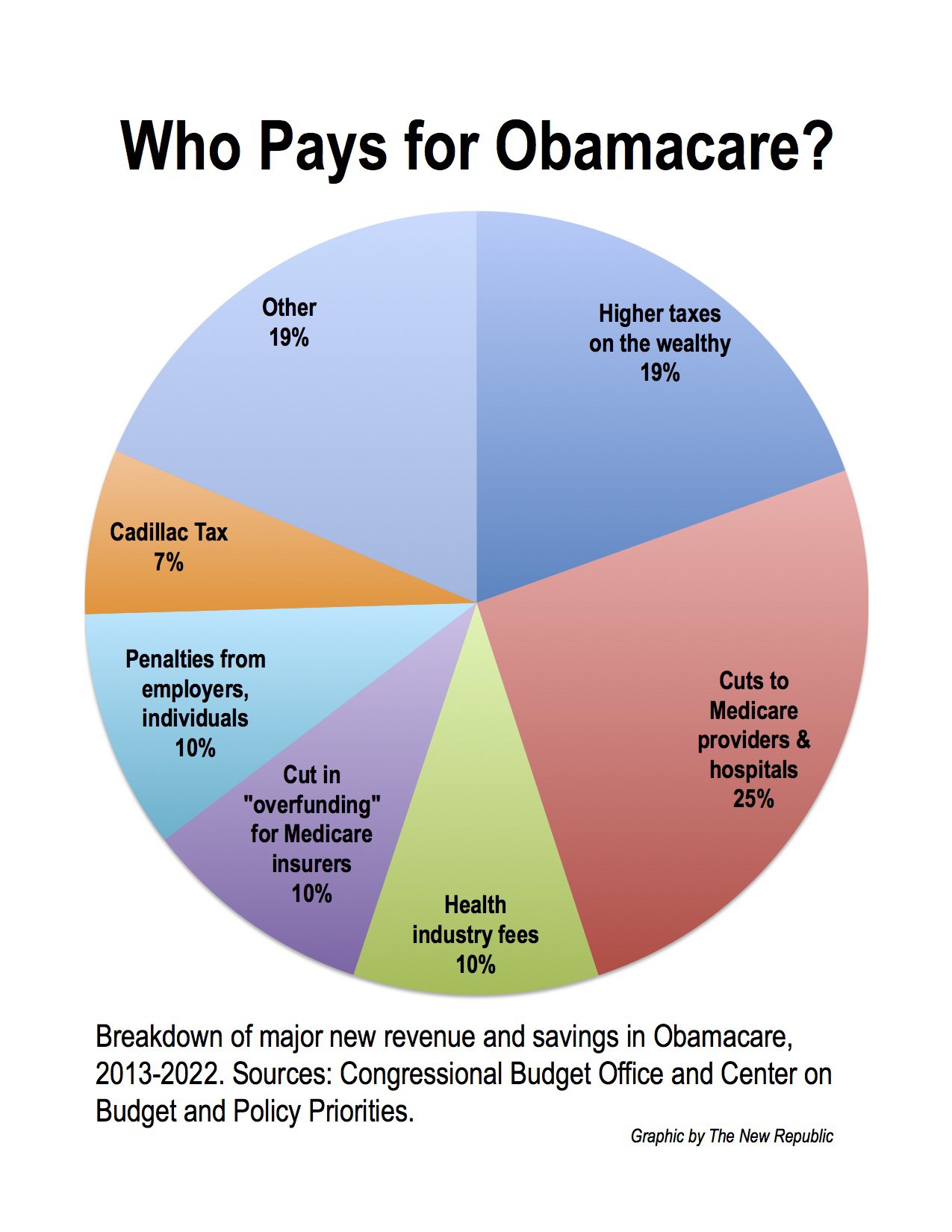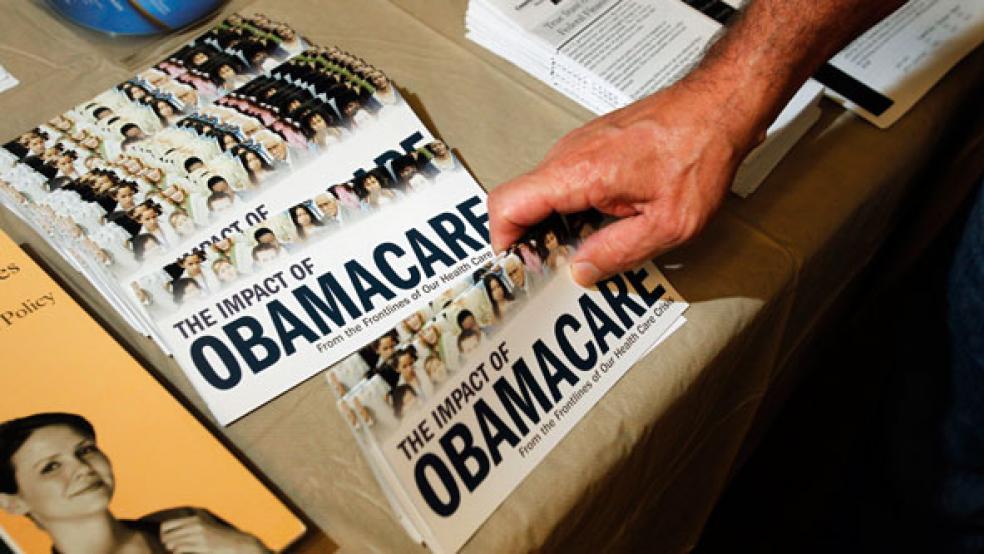The big health news last week was that the Affordable Care Act appears to be losing steam and the Obama administration is predicting a modest increase at best in the number of Americans who will enroll with private insurers next year.
Health and Human Services Secretary Sylvia Mathews Burwell announced on Thursday that an estimated 10 million Americas would be covered by Obamacare by the end of 2016, an increase of roughly 100,000 over the current year’s enrollment. That’s a lot lower than many were expecting. The Congressional Budget Office in June predicted 20 million Americans would be covered by the end of next year.
Related: Democrats Begin the Long, Tortuous Retreat from Obamacare
The administration forecast is worrisome for a program that has suffered more than its share of bumps and bruises and legal challenges since its near-disastrous rollout in 2013. It suggests that Obamacare may face even bigger challenges in attracting a new wave of uninsured while hanging on to those currently enrolled in the program.
But an even more troubling development in President Obama’s signature health care plan – one that is jeopardizing insurance coverage for hundreds of thousands of Americans -- has received relatively little attention

Two nonprofit health insurance co-ops that were established under the ACA announced on Friday that they were going out of business for financial reasons. The two organizations in Colorado and Oregon are the latest in a string of eight such coops that have closed their doors in recent months, according to The Hill. That means that only 15 of the original 23 co-ops will remain in business next year – unless of course more decide to fold in the coming weeks.
We should know fairly soon whether other co-ops will fold because the sign-up period for next year’s Affordable Care Act coverage begins November 1 and the remaining co-ops must decide whether to stay in business.
Related: Obamacare Gap Traps Millions With Coverage Who Can’t Afford Care
Amy Goldstein of TheWashington Post first reported on the full extent of the co-ops financial crisis last week. The non-profit health plans were conceived of as a “consumer-friendly counterweight” to traditional for-profit insurers – and as a way to encourage more competition and greater consumer choice, according to the report.
The federal government provided billions of dollars in loans to help get these co-ops off the ground. But many of them had ragged startups and were troubled by highly flawed enrollment and business models.
Alarmed by these serious shortcomings, the Centers for Medicare and Medicaid Services (CMS), which oversees Obamacare, issued warning letters to 11 of the co-ops, placing them under special scrutiny and requiring that they produce a plan of “corrective action.”
Instead of finding a way out of the morass, many of the co-ops simply threw in the towel. It began in February when a program that served residents of Iowa and Nebraska announced it was folding. That was followed in July by the shuttering of a co-op in Louisiana, according to The Post.
Related: Obamacare’s Dirty Secret: 31 Million Still Can’t Afford Treatment
Late last month, the country’s largest co-op in New York announced it was shutting down, shocking many insurance and health policy analysts. Health Republic Insurance of New York served more than 150,000 members. That was followed by similar bad news in Tennessee, Kentucky and Nevada before last week’s announced closings in Colorado and Oregon.
While there appears to be plenty of blame to go around, some critics complain that CMS has gone from nurturing the experimental co-ops to taking a hard line on the finances. As Martin Hickey, chief executive of New Mexico’s co-op, described the situation to The Post, “It’s kind of like the ACA is eating its young.”
At the same time, officials of the financially strapped co-ops have complained about receiving low payments from an ACA program called “risk corridors,” which was designed to protect participating insurers against heavy losses in cases where their risk pool is dominated by older and sicker patients requiring costly medical treatment. The Obama administration announced on October 1 that the ACA had collected only enough revenues to provide 12.6 percent of the $2.87 billion that the insurers were seeking.





